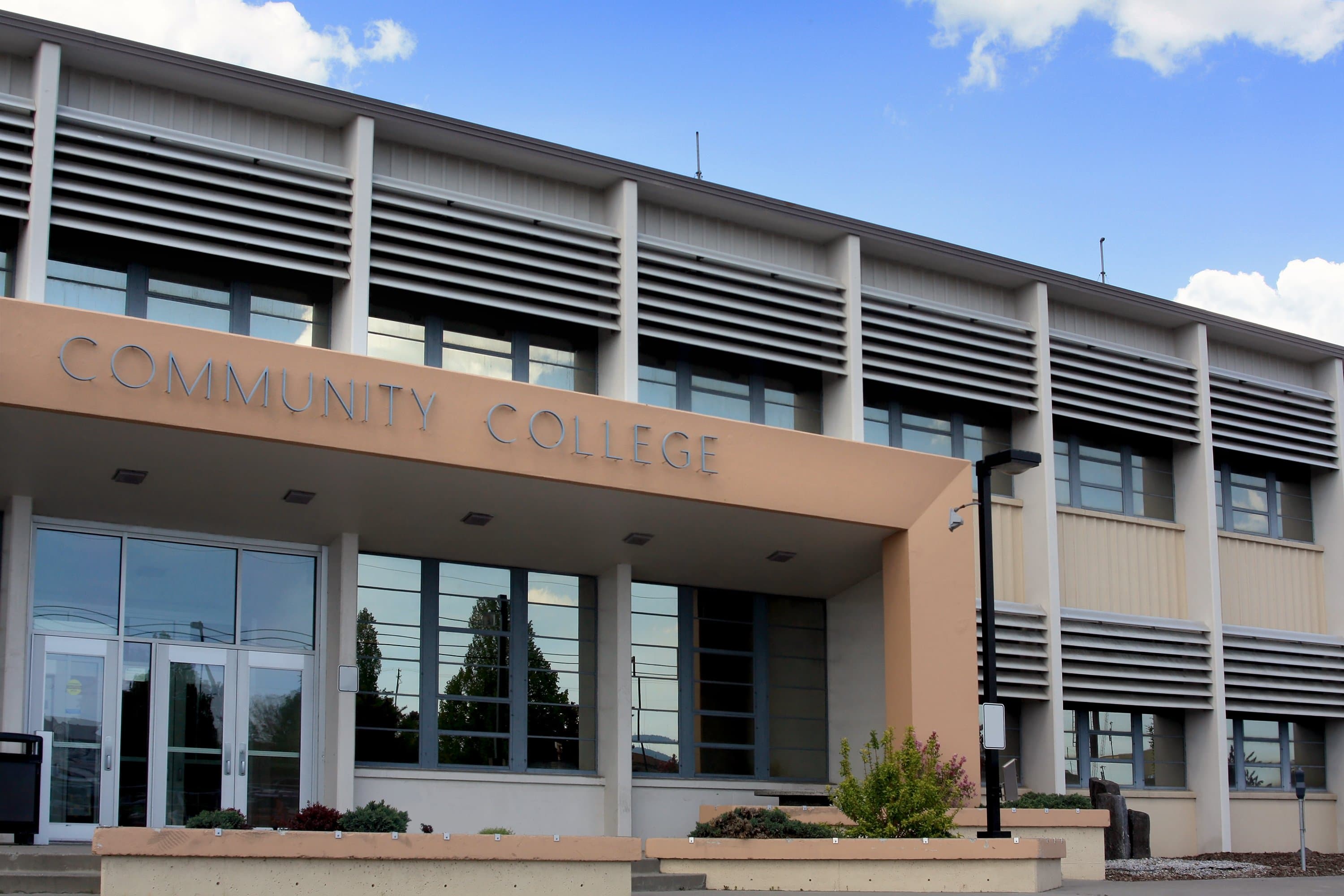
What Can Institutions Learn From the Way Community Colleges Serve Their Communities?
A foundational mission in higher education is to provide an education that creates good citizens who act toward the betterment of their local, regional, national, or global communities. Challenges that arise in higher education are, broadly speaking, those that provide obstacles to an institution’s ability to achieve this mission. These challenges don’t emerge overnight. They often begin at the local level (shifting student demographics, economic concerns, etc.) before growing into national concerns. Being especially entrenched in their communities, community colleges are often the first to identify and address these challenges. So, what are these institutions doing to address declining enrollment, financial sustainability, and doubt over the value of a college degree?
As they seek to be a force of positive change, many community colleges have created a symbiotic relationship between the institution, the population, and the local economy. Below, we explore what community colleges are doing to better serve their communities and how these initiatives are bolstering enrollment rates, providing more financial stability, and better connecting education to employment.
Aligning Missions With Initiatives and Needs
While the exact wording of community college missions differs, most are dedicated to enhancing the life of their immediate communities by creating opportunities through education. As community colleges were among those most deeply impacted by the pandemic and the preceding enrollment decline, they’ve been seeking to answer the same questions for the past four years: What does our community need? How are we failing to provide this? What can we do to improve the way we serve the community?
But many community colleges are going beyond simply asking tough questions. Many are going out into their communities to better understand what issues are keeping their immediate population from enrolling in college. The answers they are getting are shaping their approach to building relevant, applicable programs.
Reaching Out to Local Businesses
One way community colleges often differ from regional private institutions is that they often define their community as more than just students. Therefore, determining need isn’t only about determining student need, but determining economic need as well. Bettering the community isn’t just about enriching that community through developing critical thinking skills; it’s about using education to help create employment and financial stability.
Community colleges across the country are looking to local industry to understand its needs, too. What jobs are vacant? What training is required to land these jobs? What types of resources are required to create training programs? Community colleges aren’t just polling businesses—they’re actively partnering with them to create skills-based curricula and to populate new programs with educators who are also industry professionals.
Reaching Out to Local Government
While community colleges receive general funding from local and national government, that funding is most often tied to student enrollment and, as of recently, has been on the decline. To combat this challenge, community colleges have been turning to local and national government grant programs to help fund new initiatives.
Community college missions are often in close alignment with local government missions. Reaching out to their communities has helped colleges establish a concrete need for programs and provide evidence of the potential community benefit. The result: Many colleges are receiving substantial grants to create new buildings, fund new programs, and invest in new software. These programs are increasing enrollment and, as a result, increasing the funding colleges receive.
What Other Institutions Should Emulate
These efforts and initiatives are steadily increasing community college enrollment. As many private institutions serve the same communities, it stands to reason that implementing some of these initiatives on their campus might help them address similar challenges.
But there are many differences between community colleges and private institutions—even regional ones. Private institutions aren’t often as entrenched in their communities as public community colleges, making it harder for them to discern why enrollments continue to decline and what measures might induce students to matriculate. Additionally, many of these institutions offer liberal arts degrees, as opposed to skills-based programs. Establishing a clear ROI of a liberal arts degree in the current economic climate has proven difficult.
But even liberal arts institutions that are struggling with enrollment, financial sustainability, and issues of ROI might take a page out of the community college playbook. Return to your mission and ask the hard questions: Who defines your community? What does your community need? What do you need to do to better serve your community?
Looking to build, market, and grow non-traditional programs? Get the Non-Traditional Program Playbook.




